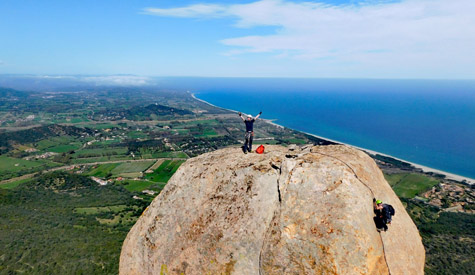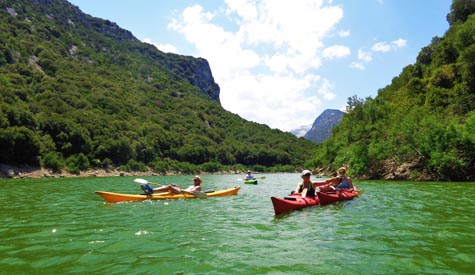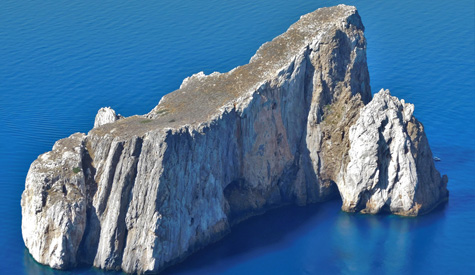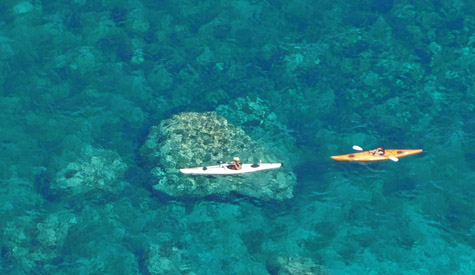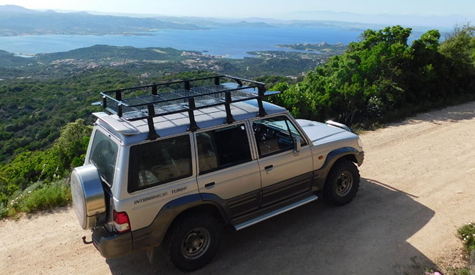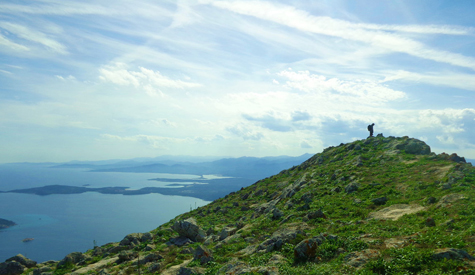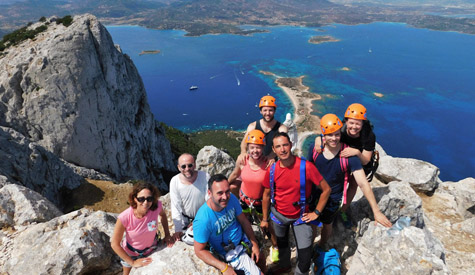Nuragic Civilization

NOTE: Private Tour
From the Brin pier we will move towards the Sacred Well Sa Testa. An archaeological area preserved in excellent condition that tells of the sphere linked to the rituality of water. In a pre-eminently agro-pastoral society, water was of enormous importance not only for the survival of the community but also thanks to its judgment (ordalic rituality). The sacred well draws the architectural principles from the nuraghe themselves: a tholos vault, monumental staircases and large architraves. As in other similar cases also Sa Testa was bordered by betili (boundaries of a sacred area), courtyard with stairway, vestibule and well.
A few kilometers from the Sa Testa area, a nuraghe can not be missing: Riu Mulinu. This is located in a dominant position over the Gulf of Olbia, located on the hill called Cabu Abbas (Nuraghe is also called with this name). This term makes clear reference to Ancient Rome: 'Caput Acquae' was in fact the point where a great source allowed the water supply and therefore where the Romans built the aqueduct that brought water to Olbia. The Nuraghe still preserves the monumental walls and the gigantic architrave. At the top of the area is the central nuraghe.
The last element that allows us to understand the Nuragic civilization is linked to the sphere of funeral rituals: The Tomb of the Giants. This is called 'Su Monte' and S'Abe' and is located south-west of Olbia. For its grandeur it is considered the largest in Sardinia. This archaeological area, with a 'taurine protome' plan, is made up of a semicircular exedra and a centinate stele that opens towards the dolmen-style couverte allée. Visiting the Tomba dei Giganti we will savor the ritual that the Sardinian nuraghe manifested by merging with the wider Mediterranean sepulchral culture.
For more information and picture visit: www.guideturisticheolbia.com



